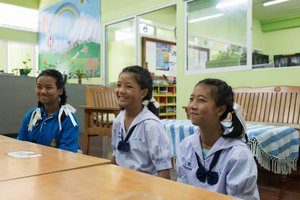Dear all the kind souls,
Last year, we collectively support 122 disadvantaged students in Mae Hong Son, Chiang Rai and Chiang Mai – the bottom three provinces in term of average household income per month (NSO, 2016) - to continue their secondary school education. There are 84 female and 38 male students, where 38 students in Chiang Mai, 32 in Chiang Rai and 52 in Mae Hong Son, enrolling in 40 schools across 35 districts. The full list of students, the schools they enroll and their hometowns is provided as an appendix of this letter ka ☺
In parallel to the fundraising activity in December 2016, our partner Yuvabadhana Foundation reached out to their networks of teachers, schools and education divisions at the local government bodies in our target three provinces to identify the students that fit with our selection criteria. After the fundraising stage ended on 31st December 2016 and we knew the exact number of scholarships we can offer to the students, the selection process then began in January 2017. First, the average household income per head per month has to be equal to or below 3,000 baht which is the same income criteria used by the Ministry of Education to identify “poor” kid in the system. Additionally, the selection team reads through students’ essay where they told us about their socio-economic background as well as the reasons(s) they need the scholarship; and selected the scholarship recipients based on their need and their motivation for further education. Yuvabadhana Foundation announced the names of students awarded the scholarships in mid February 2017, the last month of their primary schooling. This allowed the students and their families to know months before hand that they secure financial support for the next three years which helped them to make an informed decision on their further education.
Students need to enroll in the secondary school and send Yuvabadhana Foundation two documents (1) a letter from the secondary school confirming their enrollment and their student status, and (2) a bank account under the student’s name. For most of our scholarship recipients, this is the first time they have a bank account under their names. Once they send the school letter and a copy of their bank book’s first page (with account name and number), Yuvabadhana Foundation will process the first scholarship installment of 3,500 Baht for one semester to their bank account. Their withdrawal activities and expenses are monitored by their teacher advisers who will keep Yuvabadhana Foundation posted on the matter. For the Academic Year 2017, the semester 1 in public schools started in mid May and ended in September. This process was on-going during May to August.
For the following semesters, students need to mail their transcript showing the academic performance of the previous semester and a school letter confirming their student status in the current semester to Yuvabadhana Foundation, before processing the fund transfer to the students. We do not have minimum academic performance that students need to achieve. The requested documents help us ensure that they stay in school and inform us, at least, their academic well-being. Throughout the processes, students get the support from their teacher advisers who help them get the documents needed, give them advice during the school terms, and contact Yuvabadhana Foundation if there is any other special circumstance. The semester-installment system ensures that students have sufficient funding to cover education-related costs for each semester and prevent any abuse of funding by the students and other stakeholders.
In addition to the reporting system of Yuvabadhana Foundation, there were 6 TYPNers who visited our students, their schools and teachers (both primary schools who nominated them and secondary schools they currently enroll) and their families in Chiang Mai and Chiang Rai over the past four months. All the students we have met look diligent and motivated to learn and stay in school as long as they can. Most of them have bigger dreams in the sense that they envision themselves doing certain career/job in the future. They spent the scholarship money on travel expenses (quite a big portion to many students as the secondary school is further away from their house compared with their primary school), lunch (was subsidized by the government in primary school, but not in secondary school), school uniform, daily per-dium and books, etc. Some still keep the money in their bank account to be used in the case of emergency or spend in the next semester where there is additional educational expenses from the school (English teachers / school activities which are mostly concentrated in Semester 2 for the schools in the Northern Thailand).
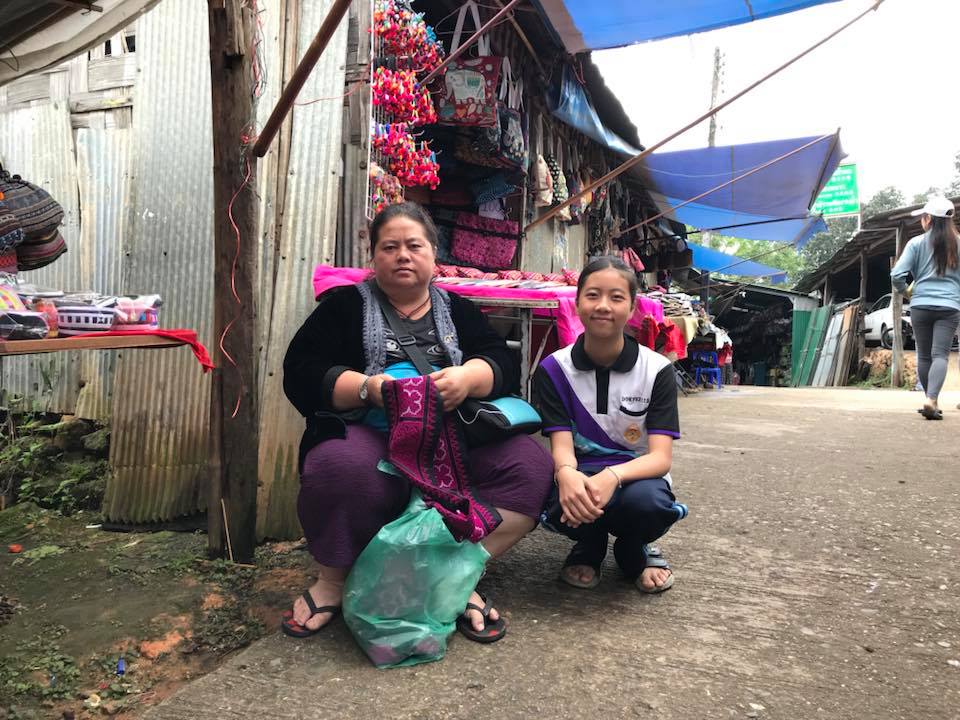
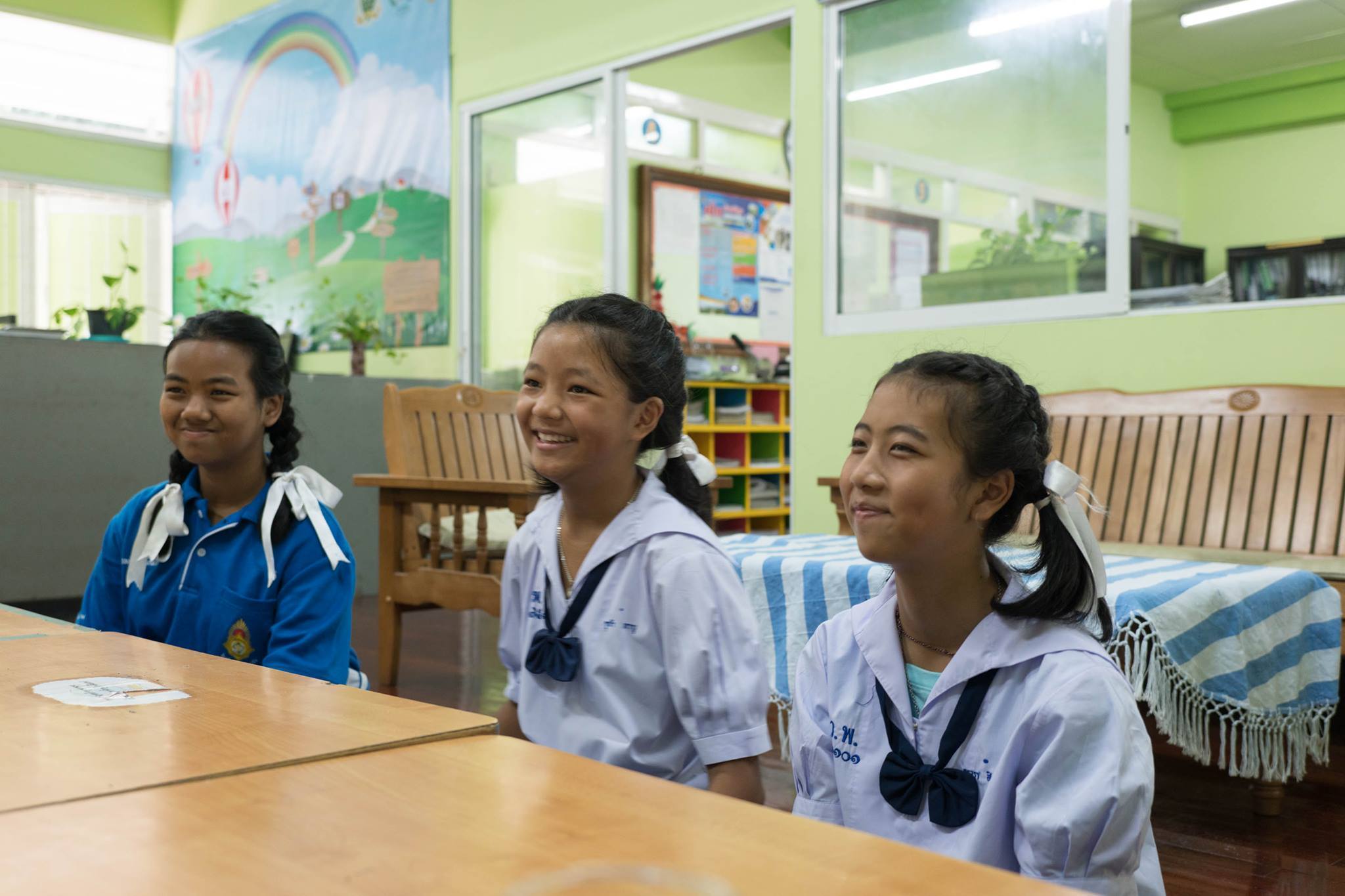
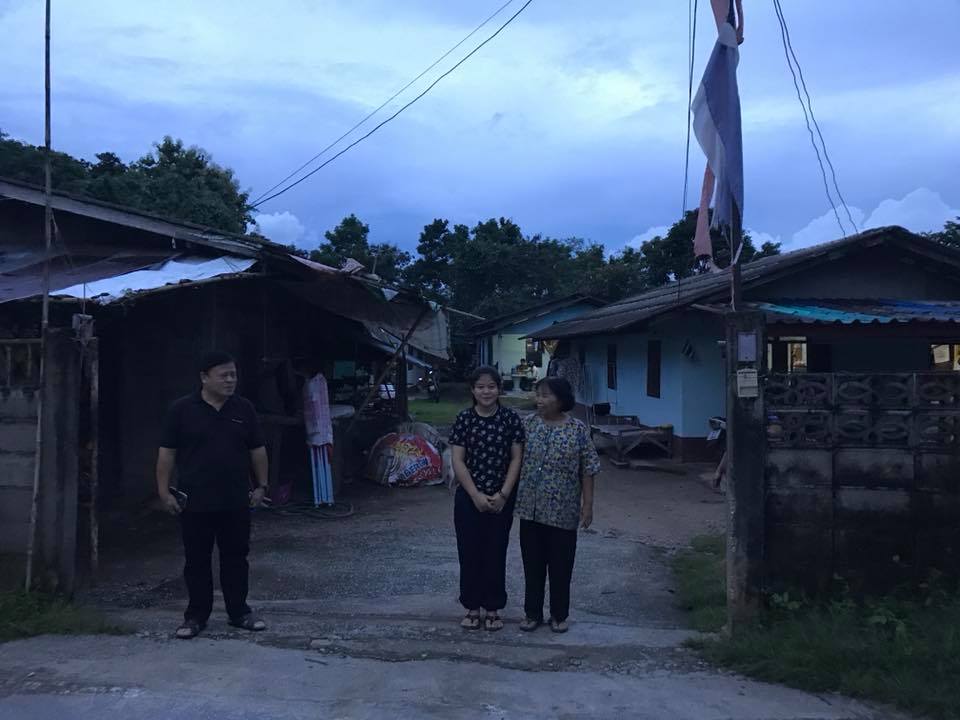
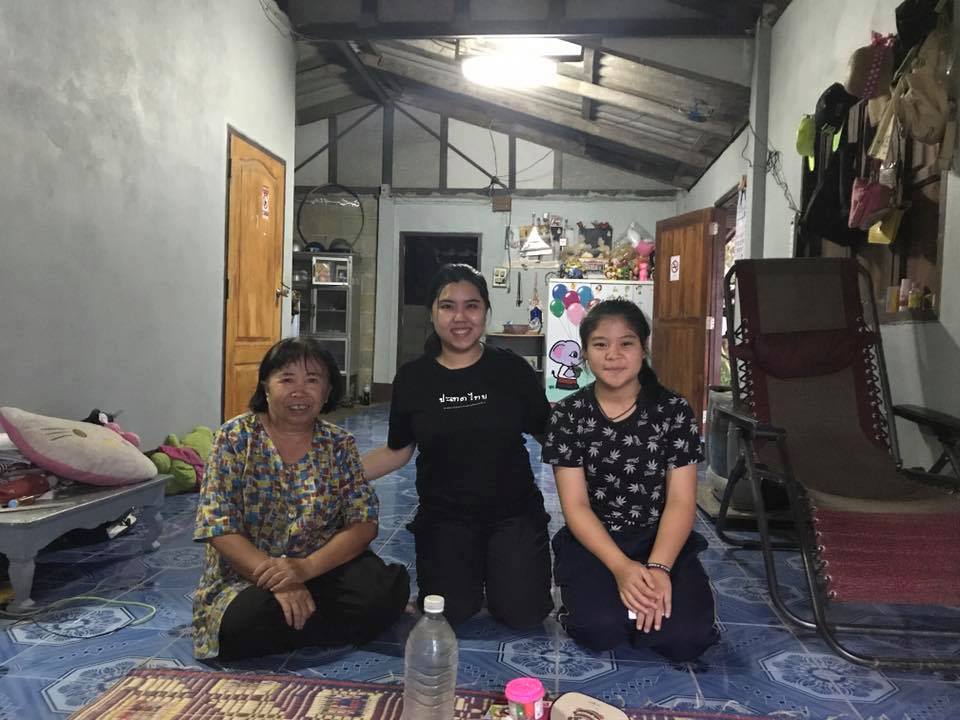
In term of their livelihood and environment, their parents (some live with father, mother, other relatives and/or grandparents) seem to be keen to support their educational attainment. Teachers mentioned that most parents would do everything to ensure that their children are in school at least until finishing Mathayom 3 as required by Thai law. Not many students will get to continue further education afterward, and tertiary education is an exception in the communities.
Both the information we get and insight from the field visit made us rethink our approach and support to the underprivileged students. Ultimately, we don’t just want them to complete lower secondary education but make this opportunity a good start for their better well-being. With that goal in mind, financial support alone doesn’t seem sufficient. As a result, we revise our approach quite a bit and formally introduce two additional interventions that we think are critical to ensure the achievement of our goal – life mentorship and career/further education counseling; and that’s when we began to work on the Life Hero campaign (lifeherothailand.com #lifeherothailand) which is a development from #100liveschallenge advocating for reducing inequalities by providing “life-changing” education opportunity to underprivileged children. Additionally, we also work more closely with a few organizational partners which enable us to potentially access poor student database that will make our target group identification much more accurate and empower our ability to reach even more disadvantaged families than the previous years.
All in all, if you believe that we can make our Thai society more just and equitable by giving educational opportunities to children from the least privileged families in Thailand, please join our Life Hero movement. Transforming a nation takes decades, and there is no better time to start than NOW! ☺ Join us at lifeherothailand.com #lifeherothailand
Meanwhile, please check back on this page to get more updates on our students. Currently, students are submitting their transcript and a school letter to Yuvabadhana Foundation in order to secure the second scholarship installment for Semester 2. We expect to get all the transcripts as well as notes from the students by April 2018, and will keep you informed of our students’ academic performance and their well-beings.
Thank you for being a part of this movement. It is not yet a big systemic change, but definitely a good beginning; at least, 122 students are now in school with your kind support, and in a few more years will become Life Heroes to support their families!
Merry Christmas and Happy 2018 to you all ☺
Best,
Life Hero team (100liveschallenge team)
List of #100liveschallenge Scholarship Recipients (Academic Year 2017/2560)
Chiang Mai
There are 38 students, 27 female and 11 male in 14 districts and 24 schools as followed:

Chiang Rai
There are 32 students, 24 female and 8 male, in 13 districts and 18 schools as followed:
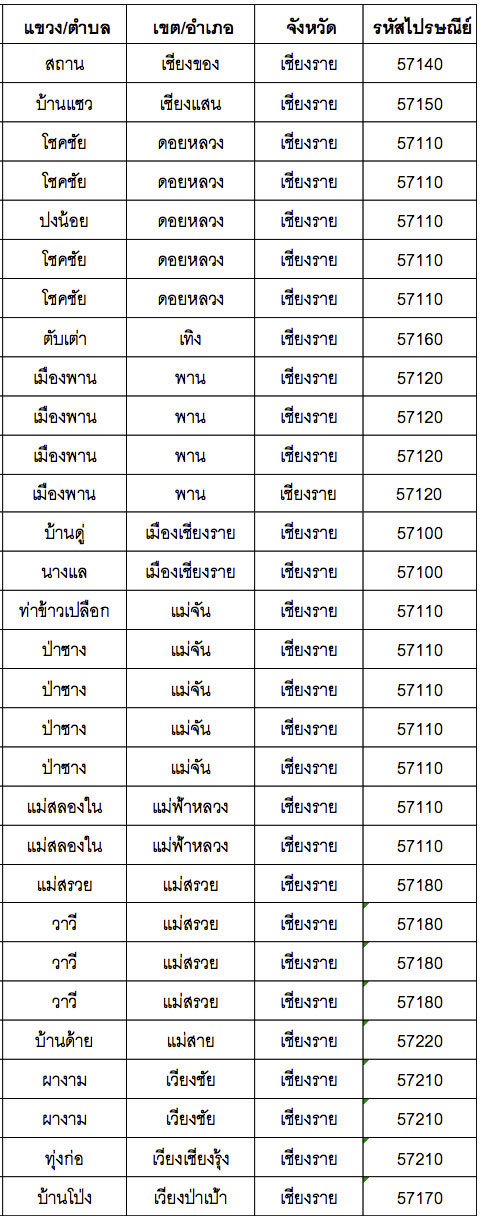
Mae Hong Son
There are 52 students, 33 female and 19 male, in 8 districts and 18 schools as followed:

Education inequality in Thailand
- About 1.8 Million of children aged 6 -14 years old are at risk of dropping out of school due to poverty
- Poverty is identified as the major root cause of access to education and school drop-out, including the delayed school enrollment, in Thailand where 99% of disadvantaged students are from the poor families. The disadvantaged children population Is account for 40& of children in the education system
- There is a major gap in educational spending between the top 10% and bottom 10% families at 12 times difference. The educational spending is account for the big portion of household income for the poor families, as high as 30 – 50% which has been a big burden for the family to keep their children in school for 12 – 15 years as required by law
- Currently, educational spending gets the largest portion of the government’s annual budget at 22% (more than 500,000 Milliion Baht a year).Even with the 15-year education policy, the subsidy is still not enough to cover actual spending. There are other hidden and/or additional costs such as travel expense, food, school uniform and educational tools, etc.
- The current government budget allocates 2,900 Million baht (about 0.5% of total educational budget) to support underprivileged kids which is equivalent to 5 baht/day/person subsidy
- Only 5% of students from the bottom 20% families get to complete tertiary education, compared with national average at 35% and 100% for children from the top 40% families
Source: Ministry of Interior and Ministry of Education

